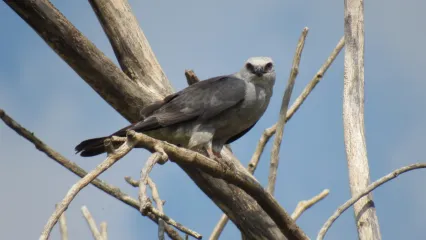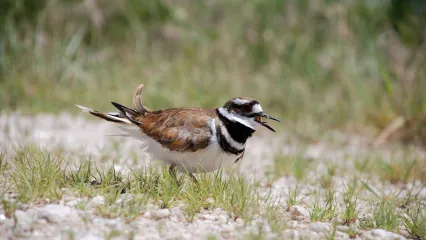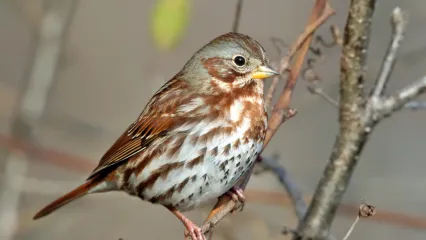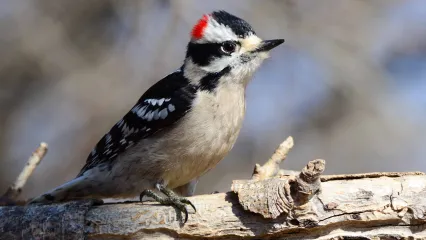
Description
The Mississippi Kite (Ictinia mississippiensis), are seen in the spring. It's then that birders look forward to seeing a select group of visitors to Oklahoma known as neo-tropical birds. These birds, among them the Mississippi kite, winter south of the Equator, but spend spring and summer in the United States and Canada. An acrobatic flyer, this hawk-like bird feeds primarily on insects, is common in suburban areas, and is well known for its nest defense tactics.
Juveniles have a streaked body and breast and a barred tail with a shallow notch. Both adults and juveniles have red eyes. If coloration can't be determined due to lighting or distance, many bird watchers look at the overall shape and flight pattern of the bird to help with identifications. Mississippi kites are medium sized birds with a long tail and a three foot wingspan. These long, narrow wings are often held in a weak or stretched "M" while flying.
Mississippi kites are insectivorous - feeding primarily on insects - but will also capture reptiles and amphibians. Insects are caught in mid-air and are often eaten while on the wing, or in flight. Foraging areas include open meadows and nearby streams where insects are abundant. In rural areas, these acrobatic birds have even been known to hunt in recently mowed hay fields, taking advantage of the disturbance.
Size
The Mississippi kite can be easily identified by several features including color, shape, and flight pattern. Adults are 13-17 inches long and have a dark gray back, a light gray head and body, and a dark gray to black tail.
Habitat
Oklahoma is only a breeding ground for the Mississippi kite. Although they are frequent in western Oklahoma, they can be seen statewide. Preferring open woodlands and shrub lands, these opportunistic birds are also common in wooded suburbs. In the fall, large groups of kites stage for migration. Winters are spent in South America.
Life Cycle
Nests are typically a shallow bowl made of sticks and are found in trees. One to three bluish-white eggs are laid in late May, and hatch a month later. Both parents take part in incubation and care for the young. Chicks fledge, or leave the nest for the first time, five weeks after hatching.
How To Observe
Mississippi kites will aggressively defend their nests and will dive at any intruder - including humans - that gets too close . A simple way to avoid getting "attacked" is to leave the area alone until after the chicks fledge. Like many other birds, Mississippi kites are protected under the Migratory Bird Treaty Act of 1918, and it is against the law to even "attempt to pursue any migratory bird, nest, egg, or part thereof." If Mississippi kites are nesting on your property, or in your favorite park, it is best to watch from a distance, keep your pet on a leash while at the park, and enjoy the experience.


